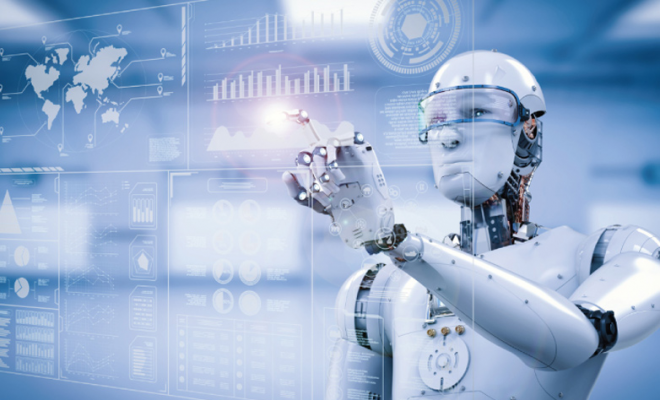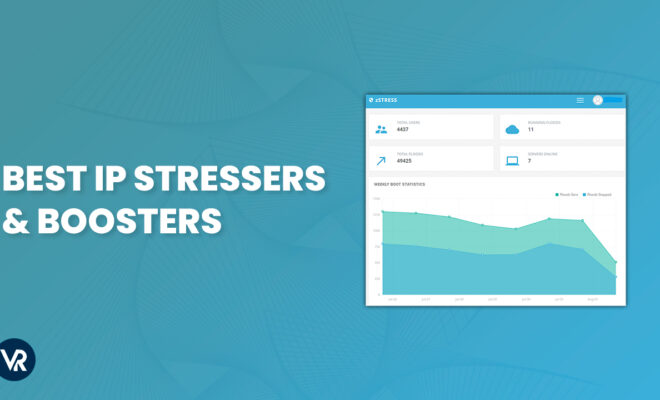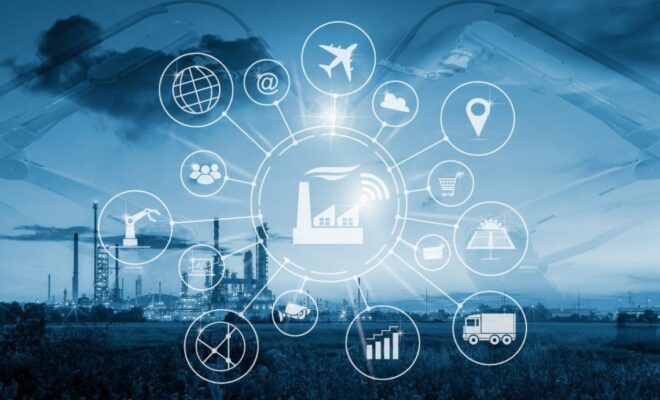In Hindsight- What 2019 Meant forIndustrial Robotics (Recap)

Like the years that preceded it, the year 2019 saw a lot of exciting robotic solutions and products hit the market. Companies like Universal Robots and Philips can be credited for pushing the envelope as far as collaborative robotics is concerned.
2019 Set A Precedent forFuture IR Innovations
Some of the automation technologies everyone is looking forward to will build upon the previous year’s innovations. For instance, there is a lot of talk around integrating ML, the blockchain, and AI into industrial robotics -there were inspiring ML and AI integration in industrial automationdemos in 2019.
The following is anon-exhaustive list of some of the stand-out Industrial Automation developments for the year 2019:
1) Increased Sales forIndustrial Robots
A 7.2% jump in sales was witnessed in the first quarter of 2019 for industrial robots. This, according to the Robotics industries association-RIA- and posted on various websites such as The Robot Report. Subsequent quartersalsorecordedincreased demand with the second quarter marking a 19.2 percent increase according to the statistics by the RIA.
This growth in sales for industrial robots was occasioned by the introduction of new and affordable robots for SMEs. Robot manufacturers such as Universal robots introduced cheaper, more efficient and versatile robots attracting small and medium-sized enterprises into industrial automation
Indeed, a large percentage of new industrial robot purchases went to small and medium-sized enterprises in 2019. From small food manufacturers using collaborative robots in their factories to startup machining shops looking for cheap automation solutions. 2019 was indeed the year of SME automation and the collaborative robot.
2) The Introduction of AI intoIndustrial Automation
Machine learning and artificial intelligence have been around for many years. However, not much has been done in integrating machine learning into the industrial space. This as experts have been talking about the many possibilities that AI and ML could unlock in industrialautomation. From increased efficiency to smart energy conservation.
In 2019, we saw some promising integrations of machine learning and collaborative robots. Off the top of the head, one can recall the use of collaborative robots to flip pizzas in some California restaurants. Amazon has been integrating AI and robotics using a number of robots and cobots in its hyper-efficient prime fulfillment centers.
3) New Entrants into Industrial Robotics
For the longest time, industrial robotics manufacturing was dominated by big conglomerates such as Hitachi, Philips, ABB Kawasaki, and others. However, increasing demand from small and medium-sized enterprises in 2019 attracted new entrants. New collaborative robot manufacturers like Universal robots, Omron, Rethink Robotics and many others came to market.
The new entrants released groundbreaking technologies in 2019 and are set to break into a traditionally closed industrial automation market and give the big boys a run for their money. Increased decentralization of industries as a result of globalization means more SME customers for these new entrants.
4) The Introduction ofCollaborative Robots
While Cobots have been around for a couple for years, it was 2019 that they broke into the market with some fanfare. Every event, expo or conference saw a number of collaborative robot demos on major stands. Universal Robots led the litany ofinnovative robotics manufacturers in almost all major Expos and events, including the Pack Expo held late 2019, MODEX Expo, CES, The Robotics Summit and many others.
One would also say that 2019 was the year that saw a lot of talk and debate about collaborative robots. You couldn’t miss a Cobot discussion on any forum or event that had a hint of automation in its agenda. Thechatter might have died down a bit as 2019 wound down, but the stage had been set. 2020 will definitely see the rise of the collaborative robot.
In Summary
There is no denying the importance of some of the developments that took place in 2019 for the automation industry. Increased demand, new innovations, integrations, and collaborative robots defined 2019 and will impact the 2020 automation landscape.













